WordPress is an undeniably powerful program. However, you’re bound to run into technical problems from time to time. These WordPress errors can be frustrating and take up valuable time.
Fortunately, you can resolve most of these glitches on your own. By familiarizing yourself with the most common WordPress errors and their main causes, you should be able to fix most issues on your site.
In this article, we’ll show you a few effective strategies to start with. Then, we’ll cover 20 of the most common WordPress errors and show you how to fix them. Let’s go!
Getting started with WordPress error troubleshooting
It can be hard to determine the root of a WordPress error. As such, we recommend that you start your troubleshooting with a few general strategies that might solve the problem.
You can start by clearing your cache. A cache helps your browsers load sites faster by storing data. Clearing it helps you get rid of outdated content, which may be enough to fix your issue.
You should also consider updating your theme, plugins, and WordPress core. Similarly, if you’ve run into an error after downloading a new plugin or theme, deactivating it might do the trick.
Finally, we suggest that you keep constant backups of your site. If a fatal error can’t be fixed, these copies can help you restore your page without losing too much information.
How to fix the common WordPress errors
Here’s our handy guide to solving 20 of the most common WordPress errors.
1. The white screen of death
The white screen of death is exactly what it sounds like: a blank, featureless screen. Occasionally, it might display an error message:
There are two common culprits behind this issue: plugins and themes. These may cause compatibility issues that prevent you from accessing your site.
However, there are a number of other possible causes as well. Check out our article on fixing the WordPress white screen of death for a full list of potential roots and helpful solutions.
2. 400 errors
400 errors come in different forms, from 400 to 499. However, they’re all HTTP client errors. As such, they can usually be traced back to a communication issue with your server:
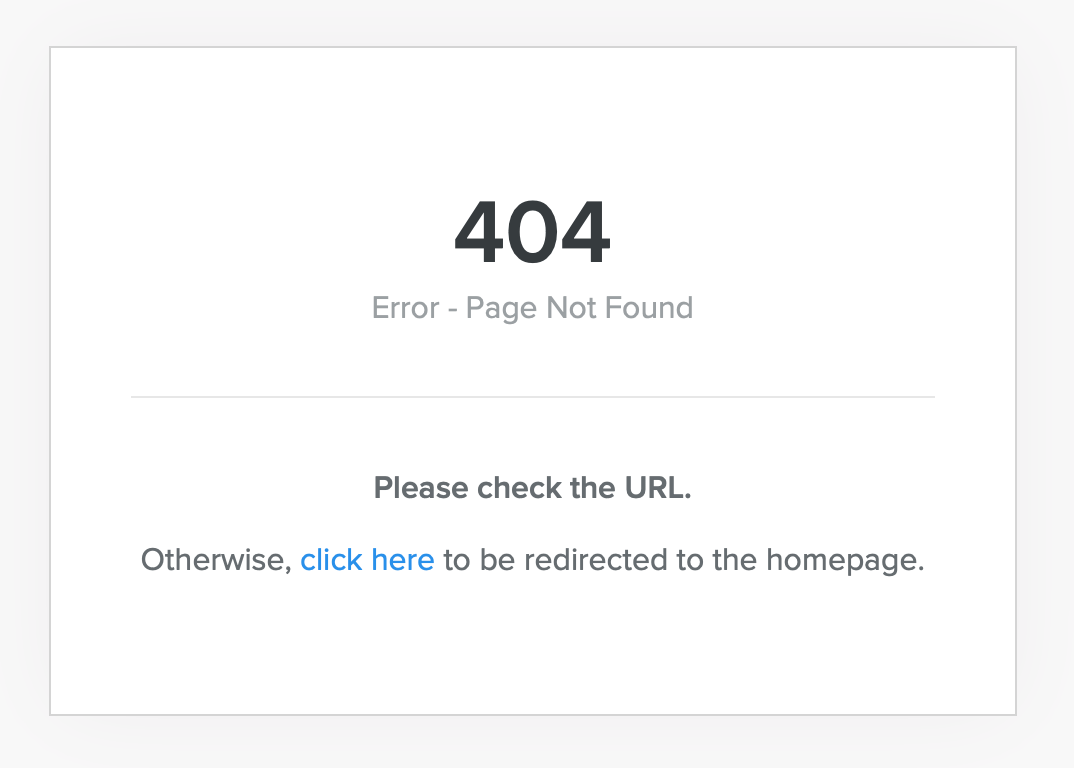
Different client error codes have different fixes. Some individual codes, such as the 401 error and the 403 forbidden error, have several possible solutions. We’ve also compiled a guide to help you fix the all-too-common 404 not found error.
3. Internal server error
These 500 errors can be rather puzzling. You’re rarely given any information other than the title: all you know is that your server has crashed.
Due to this lack of clarity, an internal server error usually requires a little bit of troubleshooting. However, the good news is you can usually fix it with a few targeted steps. We’ve put together a 500 internal server error guide to show you how.
4. Memory limit error
Memory limit errors can be traced to your hosting provider. Depending on your plan, you’re normally allotted a certain amount of server memory. If you exceed this limit, you’ll see this error.
The quickest solution is to increase your PHP memory limit, as seen in step six of our HTTP image upload error walkthrough. However, if you’re constantly running into this memory limit error, you may want to consider upgrading your hosting plan.
5. Error establishing database connection
Your WordPress site needs to connect with the MySQL database in order to work properly. However, if something goes wrong during that process, you’ll likely see this message:

Your users won’t be able to view your content, and you won’t be able to access your dashboard. Fortunately, this issue is fairly easy to fix. Start by checking your database credentials. If they’re set correctly, you can also try these steps to fix the database connection error.
6. Exceeded maximum upload file size
Your WordPress site has a unique upload limit that is determined by several factors. If you try to upload a file that exceeds this limit, you’ll get an error message. You can view your limit by going to Media → Add New:

You can increase your upload size by editing your php.ini file. However, this won’t work for all hosting plans. As such, we recommend talking to your hosting provider or simply compressing your images instead.
7. Maximum execution time exceeded
When your site processes data, it usually does so with a maximum execution time limit in place. If it can’t finish processing within this limit, it’ll time out and fail to complete the process.
WordPress.org provides a simple solution to this issue: adding the following code to your php.ini file:
max_execution_time = 60
We also suggest checking our troubleshooting guide, on how to fix the max_execution_time WordPress error. However, this approach may not always work. Therefore, contacting your hosting provider might be a better way to solve this issue.
8. Failed auto-upgrade
Automatic updates can be a hands-off way to keep your WordPress site running on the latest technology. However, this process can fail, leading to a crashed WordPress website.
If this happens, the best solution is simply to update your site manually. You may also want to take a few steps to make sure that you’re upgrading WordPress safely.
9. Failed to write file to disk
You’re likely to see the “Upload: Failed to write file to disk” error after trying to upload media files. This can be especially annoying if you run a photo-heavy site.
Generally, there are two main causes:
- Incorrect file permissions.
- A server error.
You can start by making sure your file permissions are properly set up. If that doesn’t work, consider contacting your host.
10. Connection timed out
Server limits are an unfortunate reality of running a website. If you put a large strain on your server, you may get a connection timeout error. This is especially common for shared hosting plans:
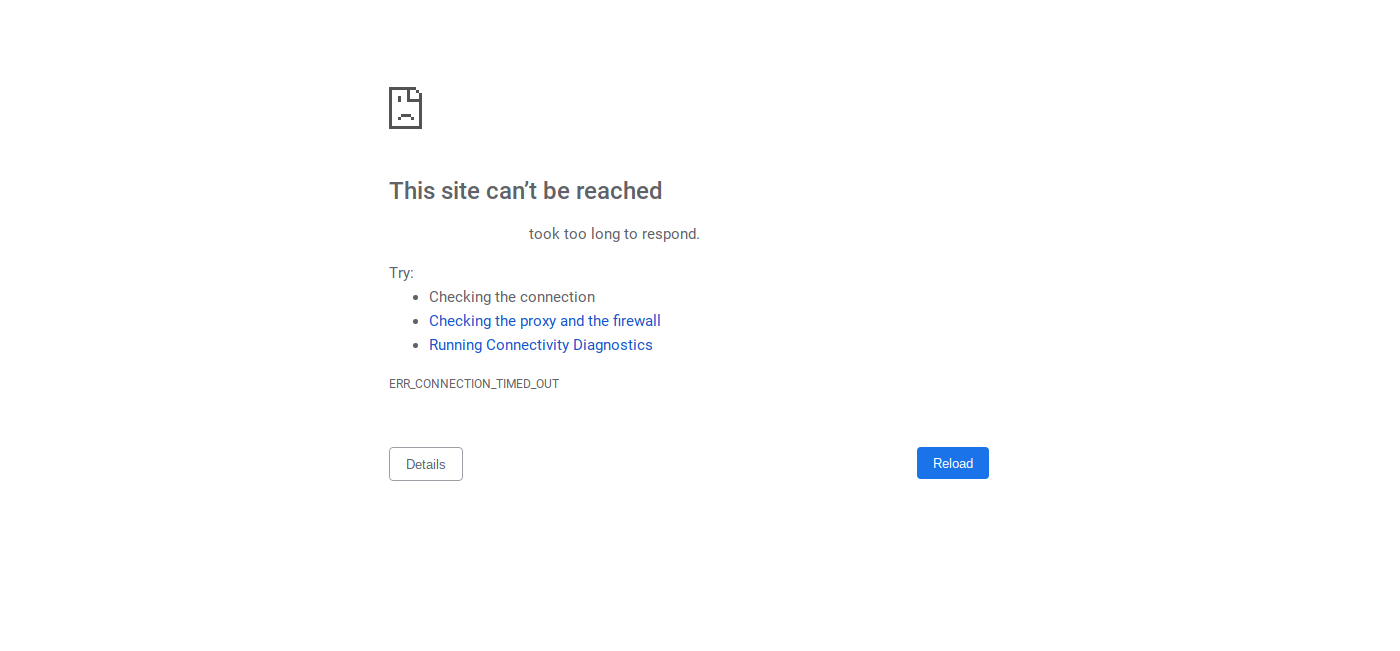
One solution is to deactivate all plugins. Then, reactivate them one at a time until you find the resource-heavy program. You might also want to switch to a default WordPress theme, although quality themes shouldn’t cause this issue. Finally, you can try increasing your memory limit.
11. Secure connection error
A secure connection error occurs when your server is incorrectly configured. As a result, your site is unable to connect to WordPress.org. This can prevent you from updating your core files.
Unfortunately, there’s no do-it-yourself solution to these WordPress errors. Sometimes, you just need to wait for a few minutes and it’ll go away on its own. If it doesn’t resolve itself, you can contact your host directly.
12. Stuck in maintenance mode
Updating core software is an important part of running a secure site. To accomplish this, WordPress installs a .maintenance file. After the update, the file is usually removed. However, sometimes this can go wrong, leading to your site being stuck in maintenance mode:

Fortunately, the solution is simple. All you have to do is use an FTP client to connect to your site’s server. Then, locate the .maintenance file in your root folder and delete it. Your site should go back to normal as soon as you delete the file.
13. Cloudflare error 521
Cloudflare is a powerful security service that can also speed up your site. However, the Cloudflare service may sometimes be unable to connect to your server. This results in a 521 error.
To fix this issue, make sure your server is up and running. Then, check to see if your firewall is blocking Cloudflare’s IP ranges. Additionally, you can always contact your host for assistance.
14. Images aren’t working
Occasionally, WordPress images will fail to display. If your media library looks something like this, you’re probably dealing with broken media files:
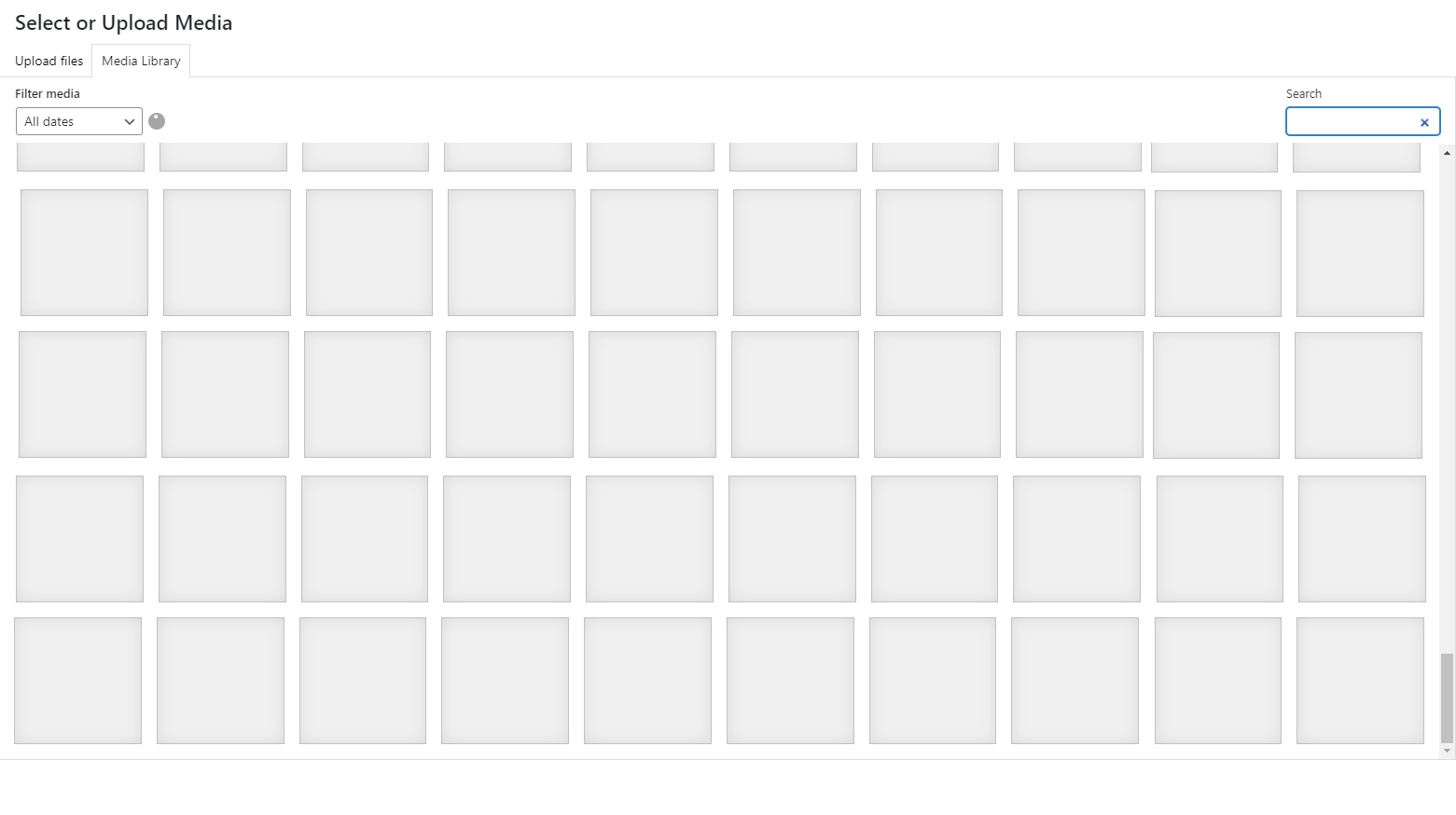
This may have a few causes, ranging from malicious actors to server errors. If you’ve recently added or updated a plugin, try deactivating it to find out if it’s the culprit.
This problem may also be caused by incorrect file permissions. Thus, we recommend that you change your uploads permission to 755. If this doesn’t fix your images, consider conducting a security sweep and contacting your hosting provider for help.
15. File type or page access not permitted
Some file types are not permitted by WordPress for security reasons. In most cases, this prevents hackers from gaining unauthorized access to your data. Nevertheless, this can also prevent users from uploading harmless files.
To configure your site to allow additional file types, you can use a free plugin like File Upload Types.
16. WordPress syntax errors
Syntax errors occur when something goes wrong with your code’s structure. This is unlikely to happen spontaneously. More likely, it will happen in one of two situations:
- You recently added some custom code to your site that included a syntax error, maybe by accidentally making a typo.
- You installed a new plugin or theme that introduced a syntax error.
Typically, the syntax error will specify the exact file/line that’s causing issues, which you can use to troubleshoot the problem. If you aren’t able to figure it out, a good first step is to revert any recent code changes or new plugins/themes.
You can also turn on WordPress debug mode to help you track down the problem.
17. SSL errors
An SSL certificate is a simple and effective way to keep your site safe. In fact, most quality hosts even offer them for free. However, the process can be complex, and may occasionally result in a few different WordPress errors.
The best way to avoid them is by setting up your certificate correctly the first time. You can do this by using your host’s built-in SSL certificate installer tool, which most hosts offer. Beyond that:
- Make sure you’ve properly configured your WordPress site to use HTTPS.
- Make sure to renew your SSL certificate if your host doesn’t handle this for you (most hosts will do it automatically, though).
If you’re still running into issues with your host’s SSL certificate, consider contacting customer service.
18. Corrupted database
If a file has become corrupt, your WordPress site won’t be able to use it. This can lead to an “Error Establishing Database Connection” error or other glitches.
The easiest way to solve this is by restoring a backup of your site. Afterward, your site should function as normal. You could also open your wp-config.php file and add the following code to the bottom:
‘WP_ALLOW_REPAIR’, true
After WordPress processes this code, your site should return to normal.
19. Destination folder already exists
When installing a plugin or theme, you may run into a “Destination folder already exists” error. The installation will fail, and you’ll see a message similar to this one:

This usually means that you’ve already installed the program. Even if you’ve previously deleted it, sometimes the folder will remain on your site and cause errors.
To resolve this issue, use your FTP client to open your wp-content folder. Then, find the folder with the program’s name, delete it, and reattempt your installation.
Note – in recent versions of WordPress, WordPress gives you the option to reinstall a theme or plugin even if it already exists. That means you’ll typically only see this problem if you’re using an older version of WordPress (in which case we recommend that you update).
20. Locked out of your admin page
Being locked out of your admin page can be the ultimate frustration. Without this access, you can’t do much with your website.
Unfortunately, this is one of those WordPress errors that can have a variety of possible causes. It could be as simple as a typo in your password, or as complex as a problem with your .htaccess file.
Despite all the potential causes, fixing your admin access doesn’t need to be hard. You can follow our complete troubleshooting guide instead.
You can also try manually changing your admin password or creating a new admin user via phpMyAdmin.
Wave goodbye to WordPress errors!
WordPress errors come in all different shapes and sizes. Some can be minor annoyances, while others can devastate your site. Fortunately, understanding the most common culprits can help you stay prepared.
In this article, we covered 20 of the most common WordPress errors. We also showed you how to fix them and gave advice for avoiding them in the future.
To learn even more about how you can fix problems on your site, you can also check out our beginner’s guide to WordPress troubleshooting.
Do you have any questions about these WordPress errors? Let us know in the comments section below!


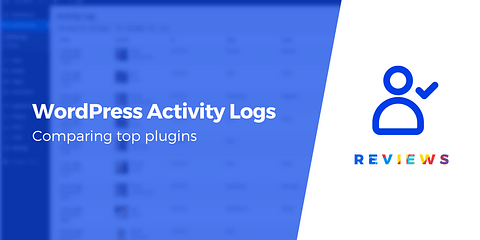
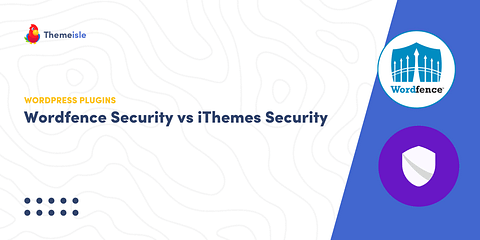

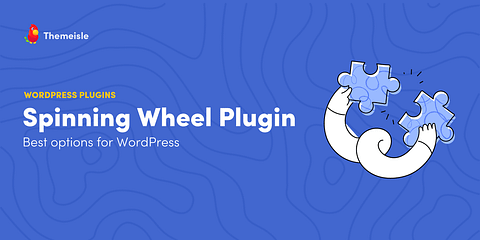
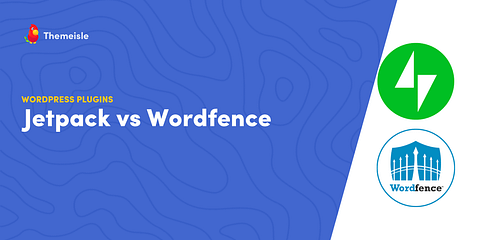

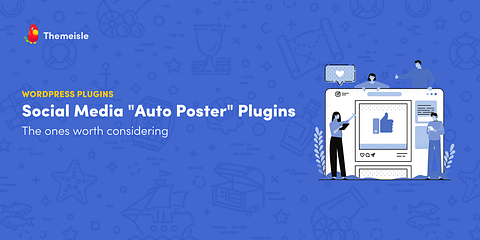
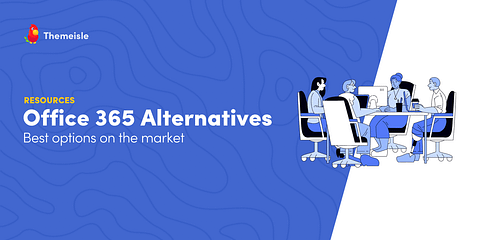
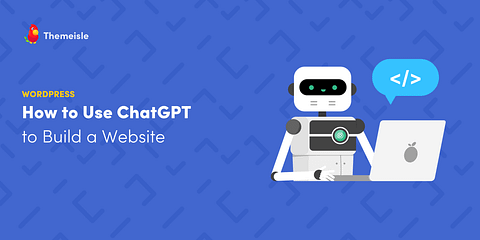
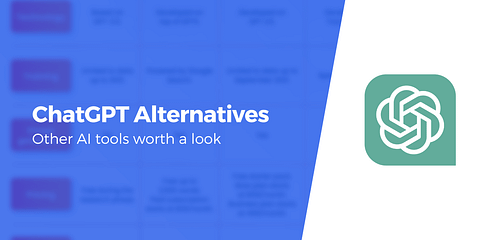


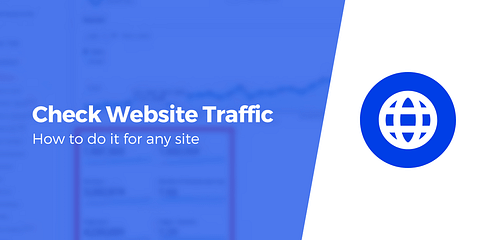
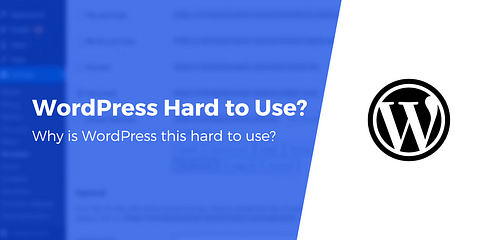
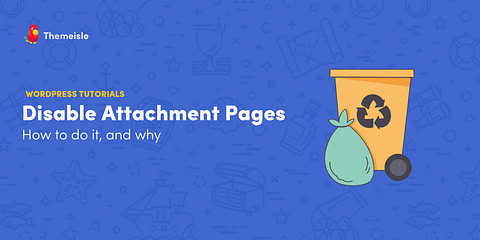

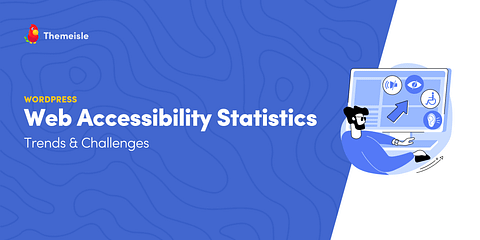

Or start the conversation in our Facebook group for WordPress professionals. Find answers, share tips, and get help from other WordPress experts. Join now (it’s free)!